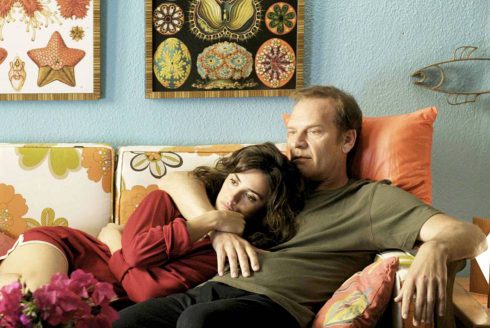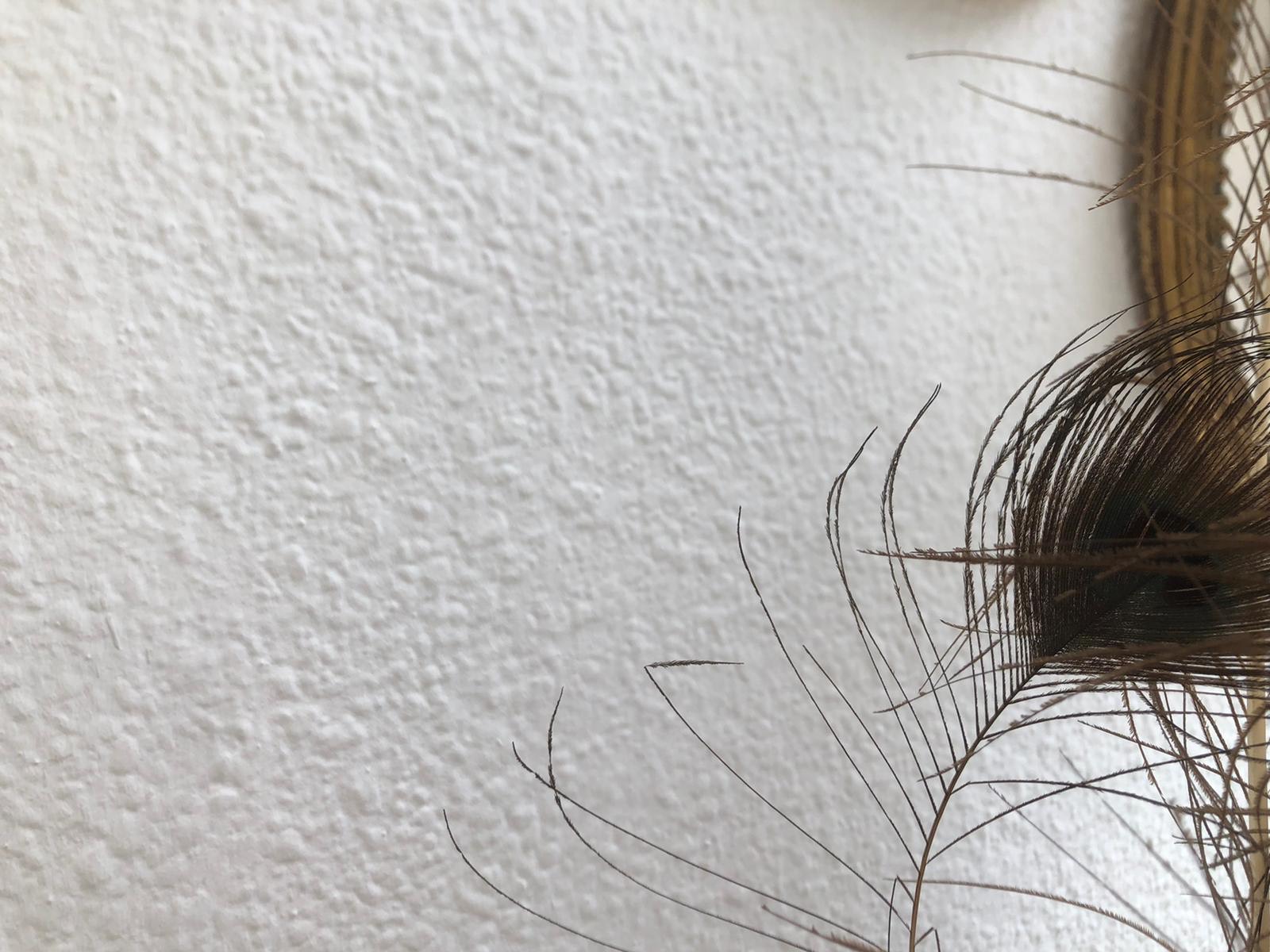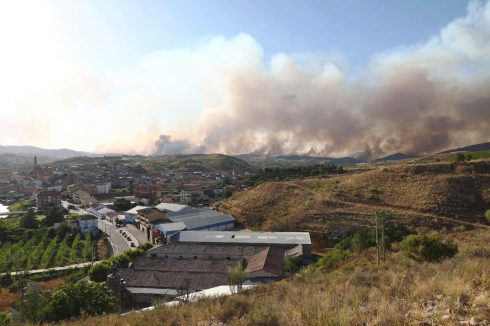One rule of thumb when looking for a property in Spain is to pay attention to what is on the walls.
Because you’ll want to avoid ‘gotele’, a trend that began in 1960s Spain and became so prevalent it was hard to find a property without it.
Thankfully it has now fallen out of fashion, and you’ll find that many property adverts specifically clarify “paredes lisas” meaning smooth walls.
The stippled painting technique is the essence of old-fashionedness, so for many new property owners the first job in a new home is to strip the walls of the unsightly covering and start again.
In fact the number of Google searches reveals just how hated gotele really is with the number of searches by those looking to remove it topping 340,000 results.
But, why does gotele exist and why is it so common in the first place?
The word ‘gotele’ comes from the French ‘gouttes’ (drops) as a definition for the style of tempera technique and final product, although in this neighbouring country it has never succeeded.

Its origins lie in the 1960s, when there was a massive exodus from the villages to the cities.
The cities had to accommodate all the new arrivals and the frenzy began: they had to build a lot and very quickly.
According to studies, the demand for housing grew a whopping 40% during the decade.
As was to be expected in blocks of flats that seemed to rise overnight, construction often wasn’t of the highest quality and what better to hide imperfections than to smother walls with gotele?
If the wall wasn’t quite straight or it’s surface not quite even, nevermind! Bung on gotele and the imperfections were hidden.
It solved the problem and was also decorative (or so it was thought at the time).
This is how it ended up forming the typical spanish domestic landscape, along with the plastic armchairs or the roller shutters.
If you’ve never noticed the classic grainy finish wall technique prevalent in buildings across Spain we guarantee that now you know about it, you’ll see it everywhere!
READ MORE:
- EQUINE DREAM: Finca La Donaira is Andalucia’s luxury eco-retreat with its own studfarm
- The Baza train that connects Spain’s Andalucia with Murcia is finally coming back to life
- Two helicopters and more than 30 firefighters race to battle forest fires in Spain’s Andalucia











